The Pembroke Welsh Corgi, renowned for its charming appearance and delightful personality, is one of the most beloved dog breeds worldwide. Originating from Pembrokeshire, Wales, …
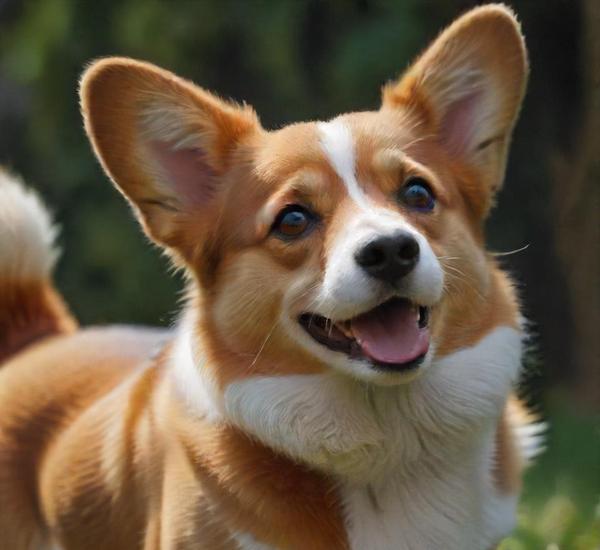
Happy Paws: All About Dogs

The Pembroke Welsh Corgi, renowned for its charming appearance and delightful personality, is one of the most beloved dog breeds worldwide. Originating from Pembrokeshire, Wales, …
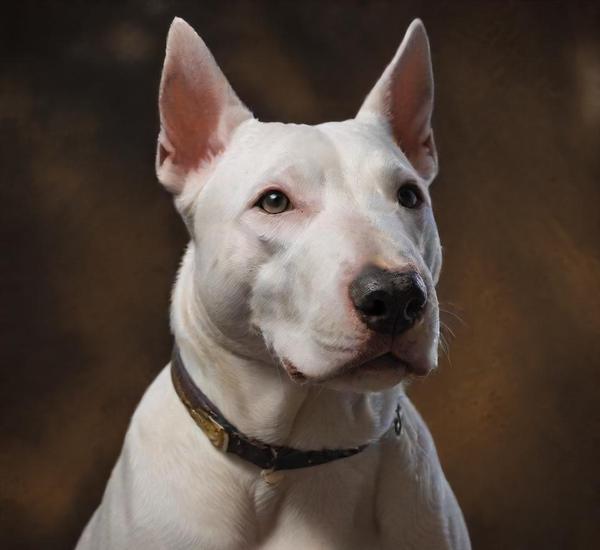
The Bull Terrier is a breed that captivates with its distinctive appearance and spirited personality. Known for its unique egg-shaped head and robust build, this …
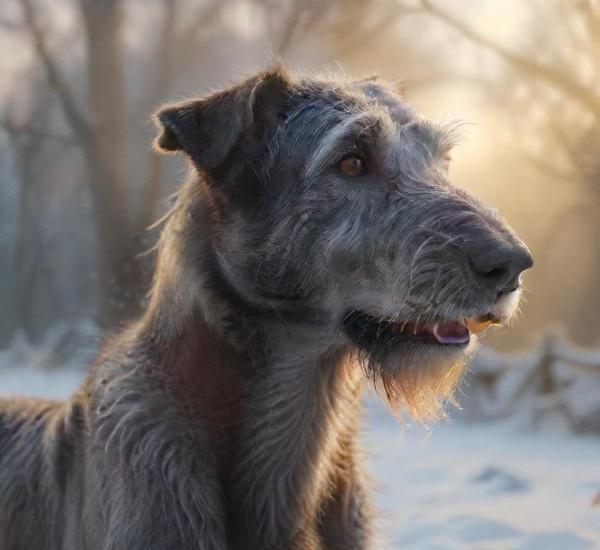
The Irish Wolfhound, a majestic and ancient breed, captivates with its imposing stature and gentle demeanor. Originating from Ireland, this noble hound was historically revered …
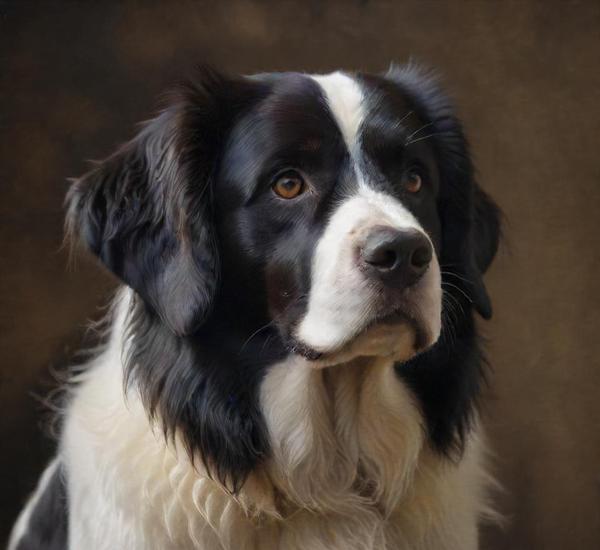
The Landseer dog breed, often overshadowed by its more famous cousin, the Newfoundland, is a remarkable breed with a rich history and distinctive characteristics. Originating …

The Dogo Sardesco, an ancient and noble breed originating from the rugged landscapes of Sardinia, is renowned for its impressive blend of strength, agility, and …
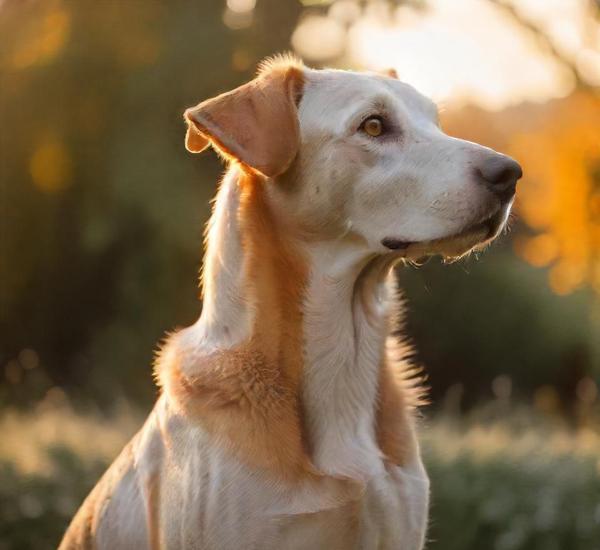
The Grand Anglo-Français Blanc et Orange is a distinguished breed that embodies elegance and versatility, often captivating both hunting enthusiasts and dog lovers alike. Known …

The Giant Schnauzer, a breed distinguished by its imposing stature and striking appearance, stands as one of the most impressive and versatile working dogs. Originally …

The Swedish Lapphund, an ancient and charming breed hailing from the cold, rugged landscapes of Sweden, is a testament to the enduring bond between humans …

The Basset Bleu de Gascogne, a distinguished member of the hound family, stands out with its striking appearance and unique charm. Originating from the Gascony …
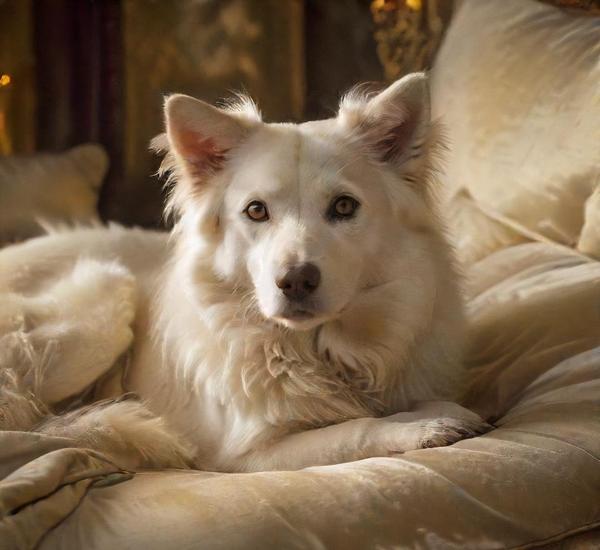
The Maltese dog breed, known for its stunningly silky white coat and affectionate nature, has captured the hearts of dog enthusiasts for centuries. This toy …